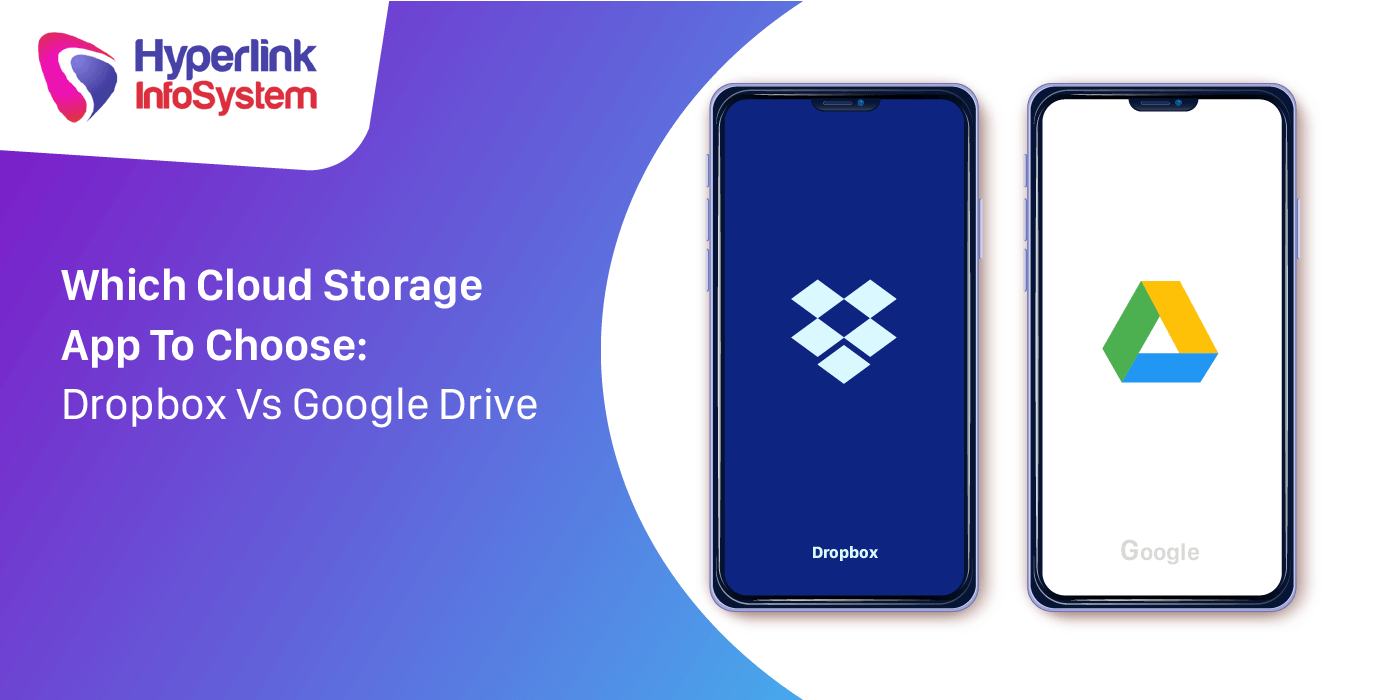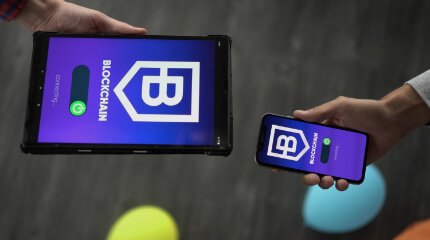Today, technological advancements have been accelerating so fast that it has overwhelmed the users for which one to choose. But this article is your rescue if you are confused about the most suitable file transferring app for you. While there are plenty of ways to save information online or share it with others, mobile apps by
top app developers 2020 like Google Drive and Dropbox are some of the famous choices often opted by the users to transfer massive files that otherwise couldn’t be transferred via email.
In case you are pondering over which one to choose, this article will make your work easier by comparing the features of both apps.
Free Storage
Google Drive and Dropbox both offer free storage space for those who would first like to try out if it’s worth spending a few bucks each month behind such services. Google Drive has 15 GB of free space available as an essential service, which is way better than Dropbox, which offers only 2 GB of free storage.
Even though Google gains a notable edge in this section, Dropbox offers many ways to raise your free storage. Free accounts can earn an extra 500 MB of storage space for each family or friend member referred to the service, up to 16 GB. Users can form a brief message for why they enjoy using Dropbox to get 125MB for free.
The extra earned storage space leads to Dropbox offering more free storage than Google Drive; however, referring to many people isn’t an easy task. In today’s era, people want services that already have free space available. Hence, Google Drive is a better option.
Premium Storage
If you want to store a few more GBs, you have to pay for it irrespective of the cloud storage service: Google Drive or Dropbox. Both these platforms offer premium subscription services, offering you to store more data. But again, the question is, which has a better package?
Dropbox has a person vs. business pricing model for its premium storage offerings, a great choice for personal users. The Dropbox Plus account provides 2 TB space, which includes remote device wipe and 2-factor authentication. It’ll set you back $100 annually or $10/month. Also, there’s an option of a professional account that costs $17 and offers 3 TB space with shared link controls, watermarking, and more useful features.
Dropbox even offers Advanced and Standard accounts for business and team users, which features extra file recovery time, in-built encryption, and some other expanded features. The standard accounts are restricted to 5 TB of space for $12.50/month, while Advanced accounts are virtually unlimited, offering infinite space. It’s way more expensive and costs $20/month when paid for a year, and $25 on a per month basis. They also come with many team management options that include options for admin management, billing, API access to partners, and all that business-level cloud services need.
On the other hand, Google Drive offers 3 main tiers of pricing after the free option; all called Google One.
- The first plan is for $2/month and offers 100 GB of access to Google experts and the ability to include family members.
- The second plan is for $3/month and offers 200 GB, including previous benefits and a discount for the Google Store.
- The last option is a professional-oriented tier of 2 TB for $10/month and offers a considerable discount.
- Additionally, Google Drive also offers up to 30 TB of storage for $300/month. Even these are focused on business-level users.
Eventually, both Dropbox and Google Drive have their pros for pricing. If 100 GB space is adequate, Google Drive’s $2/month the best alternative. However, Dropbox’s Business package also offers unlimited space for as low as $75/month, which is way more and way less, money-wise than Google Drive’s greatest offering.
File Syncing
Dropbox can sync files across various devices and OS, including all mobile platforms and primary desktop. Dropbox has Linux support and a smart-sync feature that sets it apart from the competition because it means that only changes are synchronized, not the whole file or folder.
Whereas Google Drive’s syncing supports various devices and OS, however, it does not support Linux natively. It is not an officially supported platform for file syncing. It allows you to choose specific files to sync but does not support the syncing of file changes, also called block-level synchronization.
File Sharing
File sharing is of supreme importance to several cloud storage users as it makes it effortless to send large folders or files to a bunch of people.
Google Drive allows you to share folders or files with a mobile app or web browser interface with direct links or the alternative to email access to your reliable share partner. It even offers the chance to provide viewing and editing permission to those you share with, allowing you to customize the power they have. The only drawback is that without expiry dates or passwords on those links, they have a potential security issue if you don’t shift your shared folders or files in the future.
While Dropbox offers similar flexibility where you can designate shared files and folders, however, business and professional account holders can set expiry dates & passwords on links, which help secure your data long-haul.
Dropbox’s share page makes it easy to view which files and folders you’ve made available to others. Eventually, that, combined with enhanced security for user data, makes Dropbox the better choice.
Security & Privacy
Data protection is a significant consideration for many cloud storage users.
Dropbox encrypts your data to a 128-bit AES standard, whereas files are in motion, and later to a 256-bit AES standard when files are static. It also provides 2-factor authentication for decrypting files to mitigate unauthorized users from getting access to them. Users who have a pro version can remotely wipe sync files if they lose a relevant device. Version rollback lets you supplant updated files for different periods based on your package, offering some security measures against malware.
Although it uses 128-bit encryption when files at rest and 256-bit encryption when they are in motion, Google Drive offers comparable security features. It even supports 2-factor authentication & Cloud identity features for companies.
Google Drive is a bit ahead here due to its openness and clarity about the number of certifications it meets, both internationally and domestically. Dropbox has its data specialties, but especially for businesses operating in Europe.
Bottom Line
There is a tight competition between the two cloud storage apps, offering fantastic free and paid services. Even though both provide notable cloud storage options, Dropbox wins over Google Drive each time.
No doubt, Google Drive is a natural choice for users already familiar with Google operating system. But for others, Dropbox offers top services.


.png)






















